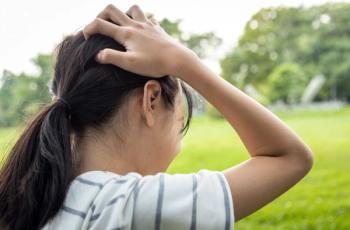
Study investigators found that children with posttraumatic migraine symptoms after a concussion had higher symptom burden and lower quality of life 3 months after the injury compared to those with nonmigraine headache.

Study investigators found that children with posttraumatic migraine symptoms after a concussion had higher symptom burden and lower quality of life 3 months after the injury compared to those with nonmigraine headache.
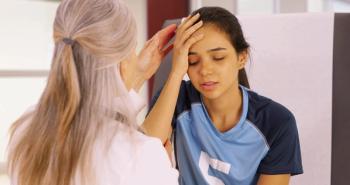
A study found that children with acute concussions could have less symptom burden with an earlier return to school.
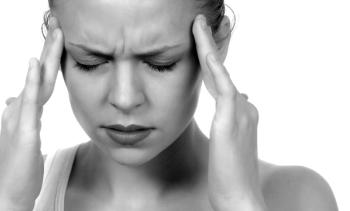
More than 60% of adolescents felt that it was more important to measure decreases in the frequency and intensity of headaches in terms of severe headaches/spikes rather than total headache days.
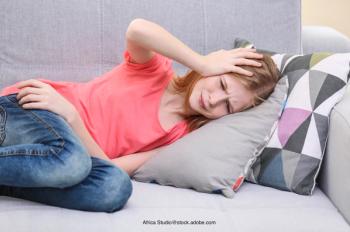
A clinical trial can offer a child a chance for relief from painful headaches. An investigation examines whether the benefits of treatment in a migraine study were sustained, even after treatment ended.
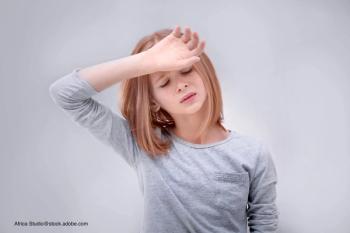
Headaches are common in children, but not all headaches are the same. This article offers a review of triggers and treatments.
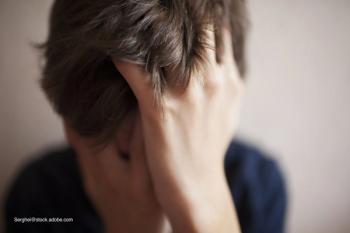
Headache following concussion is not unusual, but could the type help indicate which cases may be prolonged?
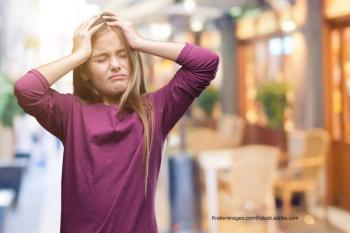
Headache may be one of the most recognizable health concerns, but managing it may not always be clear. A presentation at the virtual 2020 American Academy of Pediatrics National Conference & Exhibition offers a tiered approach to aid in management.

Steven, a 13-year-old boy, experienced his first headache at age 7 years. The frequency, intensity, and duration of his headaches have been increasing over the past 6 months. Steven now experiences 7 to 10 headaches each month that last up to 8 hours. The headaches are associated with mild nausea, light and sound sensitivity, dizziness, fatigue, occasional abdominal discomfort, and difficulty in concentrating. Last year, he had a vomiting episode because of a headache. The pain is usually more prominent in the forehead and does not favor either side of the head. The headaches usually begin in the morning before he leaves for school. As a result, Steven has missed nearly 25% of his school days this semester; his parents are considering home tutoring for "sick children who are unable to attend school."

"Headaches" is the chief complaint. Acne was the problem last year for 17-year-old Michelle. Otherwise her history is unremarkable. What's causing these daily headaches?